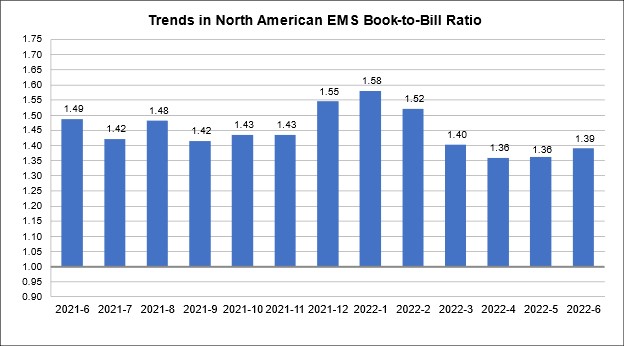A Critical Analysis of CAF Testing-- Temperature, Humidity, and the Reality of Field Performance
As Conductive Anodic Filament (CAF) testing on Printed Circuit Boards (PCBs) approaches 50 years of industry attention, the chemistry of formation in the lab environment is well documented, significant resources have been expended in passing the lab test, and new efforts are in progress to make the test even more difficult to pass with voltages up to 1000v. But what about the operating environment for this shorting mechanism— to what extent is CAF a “field fail” risk today? Is it possible to prove that text book CAF failures are actually impossible in today’s typical office system environment? With future PCB technology driving progressively smaller via-via spacings, is there a point where tomorrow’s reliable product will never pass today’s CAF test? Either way, considering CAF testing as a subset of the broader Insulation Resistance (IR) test, what are the shorting failure mechanisms the industry should be concerned about and what is the best test for them?
This paper surveys 40 years of experience in a reliability and failure analysis lab with IR testing, product reliability qualifications, and field return forensics. Shorting based field failures are described and ranked based on impact, risk, and changes over time with industry wide improvements in electrical test and laminate materials. Two test methods 65C/85%rh and 50C/80%rh are compared in terms of time to fail and resulting failure mechanisms. Also presented is a data-generated temperature and humidity (T&H) model from a CAF prone material using a unique test vehicle, along with data for the important question of CAF formation humidity threshold. The IR/CAF fire triangle of moisture + path + ions is discussed-- how it perfectly explains all types of PCB insulation resistance failures. The CAF triangle is further validated by test results from purposely populating an office system with pre-soaked CAF prone boards, and by data for this question: is the T&H part of the CAF test reversible? The criticality of T&H control in accurate CAF testing is demonstrated with chamber measurements and test data. Finally, the importance of finding the right IR/CAF test for future HDI/tight grid technology is addressed.
